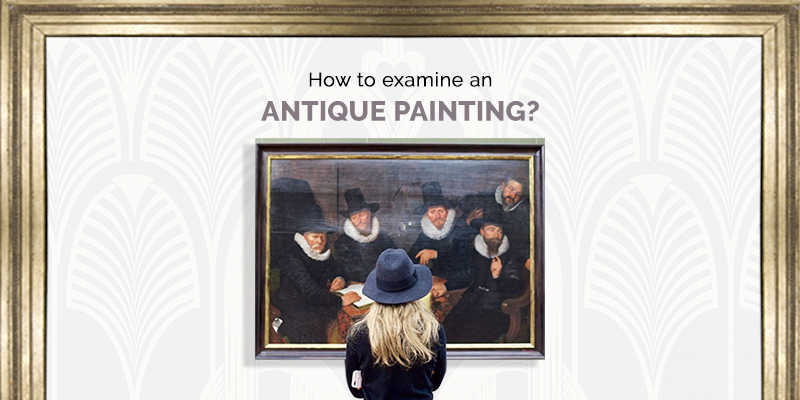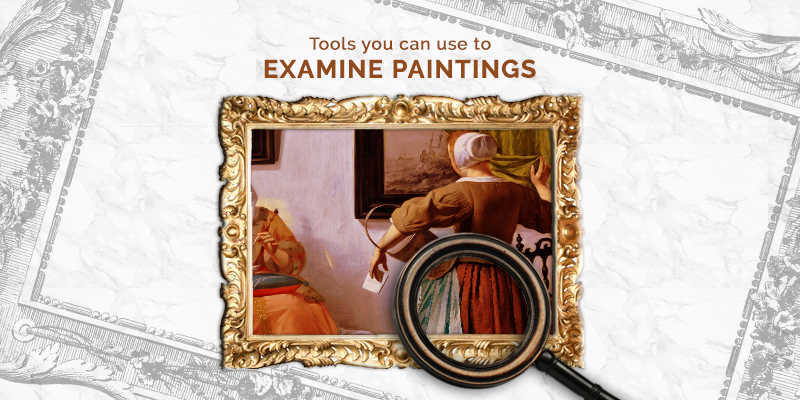Quick DIY Tips on How to Examine an Antique Painting
- Posted on 4th June 2018
- in Antique Paintings
- by Alan
Do you have some antique paintings you’d like to buy? If so, you may want to know how to do a quick examination of the piece before you purchase it. If you’re buying paintings that are quite expensive, you’ll want to have an appraiser look over the piece before you finalize the purchase. Knowing a few tips on how to examine these fine art paintings, though, can help you determine if it’s worth calling an appraiser.

Some Tools of the Trade
There are a few tools you can use to examine paintings. A magnifying glass can help you examine small details such as a signature more closely. You can also use a UV lamp to look for areas that have been retouched or for signatures that have been forged. Just because a signature does fluoresce under a UV light doesn’t mean it’s a fake, though. Some signatures were actually added to paintings much later, after the artist became famous.

The Back is just as Important as the Front
When determining how much a painting is worth, some people only focus on the front. The back support, though, is very important. Most paintings are done on wood, linen, or some kind of combination. If it was painted on crate wood, paperboard, or academy board, it’s possible the painting will deteriorate over time. Also, be certain to look for any damage and check that the back of the painting has been sealed. If it hasn’t, moisture can get into the painting, causing it to warp. If you’re doing an art appraisal online, be sure to include a picture of the back of the painting.
Understand Varnish
If you see a Antique painting that appears to be covered in a yellow-brown layer or has spots of a blue-white cloud, that doesn’t mean it’s worthless or damaged beyond repair. Instead, it needs to have its varnish removed and redone. Most painting conservators can do this in a few days without damaging the painting in any way.
